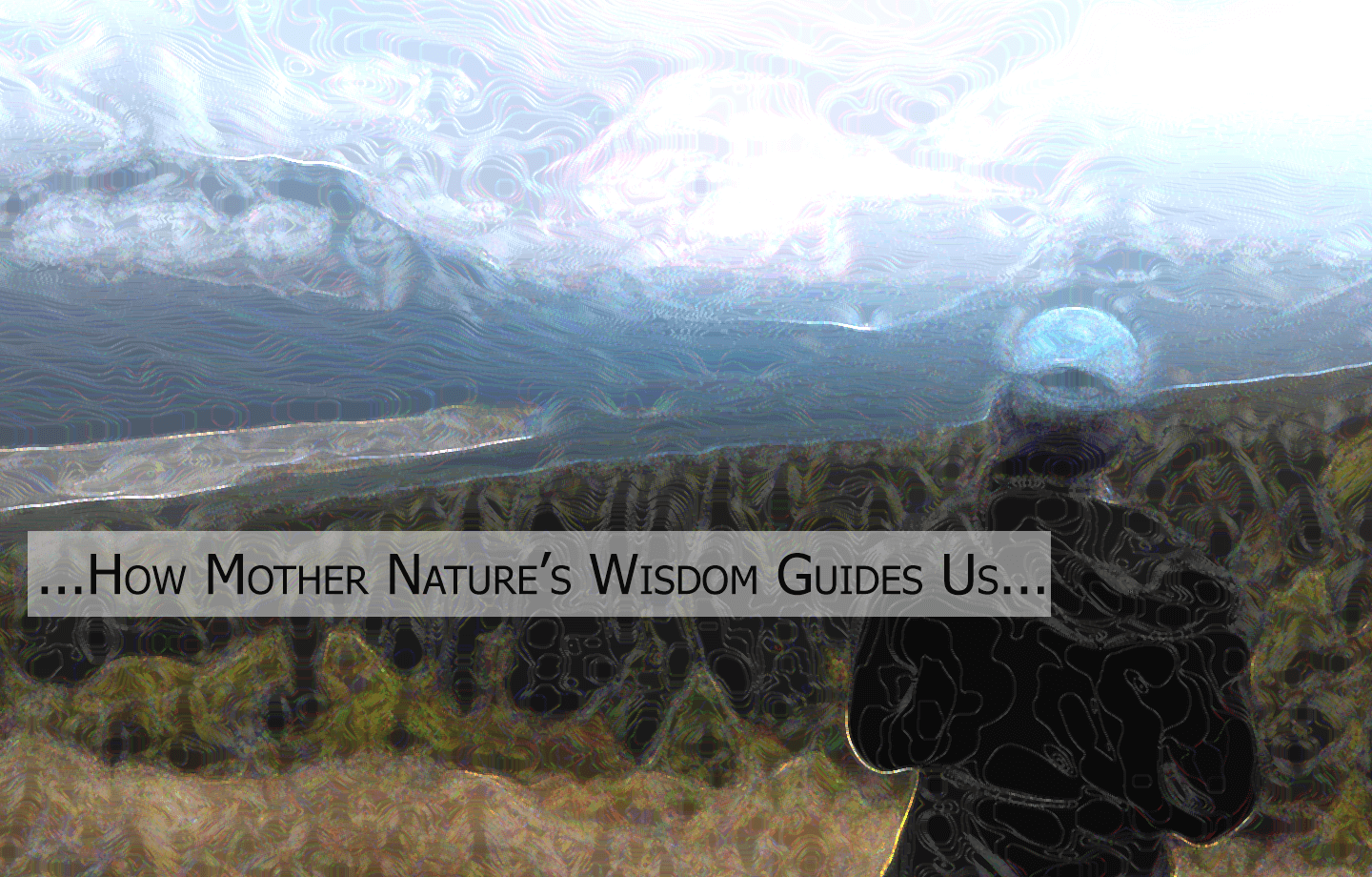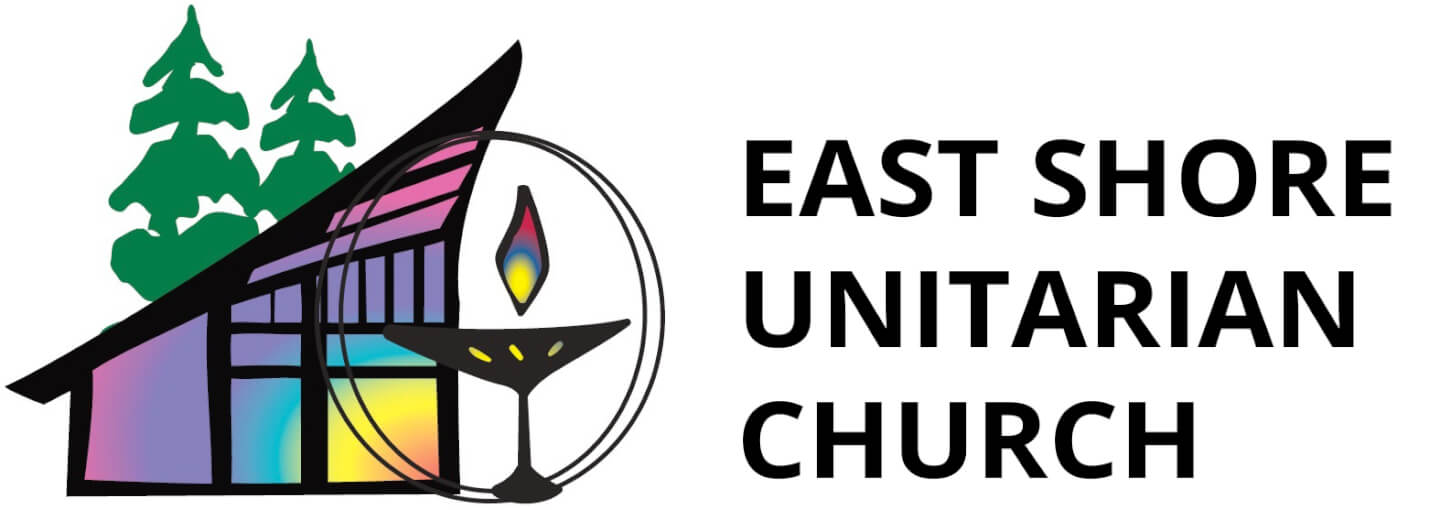
- This event has passed.
Reading the Seasons as Sacred Script: How Nature Wisdom Guides Our Becoming and Belonging
Sunday, March 7 @ 10:30 am - 11:30 am


The modern Western worldview has forgotten how to read the calendar of the wild Earth as both sacred text and a guide for our own soul formation. Yet, this inherent rhythm is our heritage as we are forged and fashioned out of the fiery elements of creation’s womb. Join with us as Mary guides a seasonal threshold crossing of deep remembering: remembering we carry wildness within; remembering we are related to other plants and animals who inhabit Earth with us; remembering we are on a common journey upon our common home with the whole of creation.
Mary DeJong is a long-time urban naturalist, practitioner and guide of place-based pilgrimages in the Pacific Northwest, as well as international pilgrimages to Iona, Scotland specializing in Celtic spirituality. She guest lectures at universities on topics related to deep ecology, ecotheology, and place-based theories. Mary also leads workshops (most notably alongside of internationally acclaimed poet David Whyte) about how our faith and religious traditions must emerge in our age of climate catastrophe and emanate with a sense of solidarity as we move into the planetary era. Mary draws upon Thomas Berry’s Universe Story to delve into why place matters, the sacramentality of creation, and how together this informs the development of our ecological self. She terms this work “sacred eco-awakening.”
Mary received her Masters in Theology & Culture from The Seattle School of Theology & Psychology with a focus in EcoTheology; earned her Religion and Ecology certification from Yale’s Divinity School and School of Forestry, overseen by Mary Evelyn Tucker, John Grim, and Brian Swimme; and received post-graduate certificates in EcoPsychology and Applied Mythology through Pacifica Graduate Institute. She completed her third year with John Philip Newell’s School of Celtic Consciousness in early 2020.
Mary is the mother of four amazing children whom she parents with her partner Joel. They live on the traditional lands of the Duwamish people in the Columbia City neighborhood of South Seattle.
how to attend
• To virtually attend, please Zoom in using room number 989 3107 9078.
• To phone into the service, call 669-900-6833, Meeting ID: 989 3107 9078.
For those joining, please mute as soon as you enter the room, so everyone can hear. Please note, the services will be recorded, but at this time, there are no plans to share the recording.
More Information
Religious Education for children and youth begins at 9:30 a.m. in the same room! Learn more here.
If you don’t have a chalice, but want to light one, check out our Making a Chalice at Home page.
Service is followed by Coffee Hour.
Sermon Audio
Reading the Seasons as Sacred Script: How Nature Wisdom Guides Our Becoming and Belonging
Additional Videos
Sermon text
In our time together, I hope to introduce you to some basic ideas around rewilding, and how this shift back into whole interrelationship with the wild world reconnects us to the sacramentality of Living Earth’s systems; that seasons are sacred rhythms writ large across our bioregions, inviting us into a recovered sense of how our spiritual formation are tied to the earth’s rhythms, which inform a deeper sense of belonging.
Be on the lookout for mentions of a rewildling worldview, the story of how an urban wood restored my sense of self, some of my favorite Berry’s within the field of eco-spirituality, and how by restory-ing our lives, we restore a deep sense of belonging here to this wild and wonder-filled world.
I have been on a long journey led by the deep desire to integrate two primary stories that formed the foundational elements of my life. I grew up in a home with an evangelical, charismatic Christian mother and with an atheist, amateur astronomer, mountaineering father. Together they found their mutual love in the mountains, but parsed out the practice of this love through separation, having us switch off our connection to the Holy through attending pentecostal churches every other week with my Mom, and going hiking in the Northern Cascades with my Dad on the off weeks. I got completely different understandings of my self and the natural world from these divergent contexts. One told me of my inherently sinful and degraded nature, while the other affirmed the dignity of diversity and the more-than-human world. One story honed in on depravity and a transcendent God, while the other whispered to me of goodness and a sacred, wild world. This dichotomy was a shame-filled struggle for me, and it wasn’t until I was introduced to the Celtic Christian spirituality stream over twenty years ago that I felt like I found a path that would honor both the wisdom of my faith-tradition with an inherent understanding of our place of belonging within a very good and inspirited creation.
The great cultural historian and ecotheologian Thomas Berry once said, “Its all a question of story.” What are the stories we tell, and how do they contribute (or not) to a flourishing future for all on our planet? I had been told two stories growing up, and my work has been, both personally and vocationally, about reconciling the two, and seeking after the deep wisdom that often lives in wild edges of the dominant storyline.
As an urban naturalist I have worked for over a decade on restoring an urban forest, bringing it back into a state of flourishing, ecological wholeness. In conservation circles, this is called “rewilding.” This is the process of bringing a landscape back into its original story: a story of wholeness, interrelationship, and regenerativity. Since 2007, myself and a group of neighbors (and now community partners and organizations) have dedicated ourselves to learning from a 43 acre wood on the east side of Seattle’s Beacon Hill. The Duwamish call the hill “Greenish-Yellow Spine” (Lushootseed: qWátSéécH, pronounced QWAH-tseech). Our collaborative efforts have been, in many ways, to return the land to its original name. To restore conditions for the colors of green and yellow to return in the forms of native trees. This restoration of the woods has also called me to restore myself, asking ever deepening questions about who I am, inquiries into my own indigeneity. What was my name before others colonized me? Who was I before I was settled? I have learned that reclamation of land requires the reclamation work around your own name and wild self.
My work through Waymarkers is to apply this idea of rewilding to our soulscapes, our inner landscapes that have suffered from traditional stories of separation. I see rewilding as a process of remembering: remembering that we carry wildness within; remembering that we are related to other plants and animals who inhabit Earth with us; remembering that the earth is sacred and revelatory; remembering that we are on a common journey upon our common home with the whole of creation. When we rewild our stories, when we rewild our names, our souls are brought back into wholeness and communion with the natural world.
This is a profound worldview shift.
For at its core is a liberation for all human and more-than-human life that occurs as a result of getting rid of the dysfunctional myth of the hierarchical illusion of separation: that we are separate from one another, from the earth, from our bioregional ecosystems. It is this illusion of separation—this dysfunctional myth— that has allowed the colonizing hubris to take, to desecrate and oppress.
When we rewild ourselves, when we bring ourselves back into a full and functional interrelationship with planetary and ecological systems, we cross a threshold into a primeval reality: that we too are impacted and informed by seasonal shifts, lunar pulls, bioregional locatedness, and that we too are beings who adapt through resilience, relinquishment, restoration, and reconciliation.
Each season becomes an invitation into presenting ourselves to features of divine rhythm that are found within the calendar of the wild earth. These are the amazing and regenerative systems of the natural world, seasons which are simply and sophistically repeating the cosmic patterns of the Paschal Mystery and the universal Christ. Within our sacred stories is a profound reality that can be experienced when one finds their place of belonging here, on our sacred and animated planet. The Celtic spiritual worldview understood that creation, the more-than-human world was not only the primary incarnation, but also the primary scripture; that we could look to the natural world and read it like a text, receiving from the wild ones deep truths that would positively influence our lives and how we live upon this planet. What wisdom do the seasons offer us?
We are just coming through the last days of Winter, a season that beckons us into the richness of biomimicry. What if we aligned our physical bodies and emotional energy with the dark and dormancy of Winter? There is a timeless truth that exists within deep darkness, hibernation, slowing down, and recouperation. I find it ironic that our many of our holiday traditions during the Winter Solstice time herald more light, more brightness, more activity, instead of slowing down to the pace of Earth and Earth’s rhythms. How would your activities and energies shift if you mimicked the walk of Winter? There is deep wisdom to be had when we apply biomimicry to our lives based on the calendar of the Earth, as a way to reconnect us to the rhythms of the seasons.
We are now approaching Spring, a time of the year when that deep sleep begins to wake up. It is as if all the roots are awakening, stretching into shoots that we see yawning through the softly greening ground. Spring’s thaw has revealed swollen soil, growing with new life and sprouting buds on trees and unfurling fronds. Life begins again with birds’ eggs hatching, and the mew of mammals the world over crying for milk and stumbling towards a frolicking pace as they meet their new world with joy. I find it interesting that some of the more modern celebrations that we now maintain—like March being Women’s History Month—have within them deeper resonance to the very rhythms that Earth herself seem to be proclaiming. Spring is a season where Gaia— the name given to Earth within a scientific theory that suggests that Earth herself is alive, that she is actively coordinating the temperature of her atmosphere and the salinity of her oceans—is resurrecting. The earth is a living cell; it is God’s body in all of its forms: people, plants, animals, climate. This is the concept of the universal self, and we witness within this season the perennial wisdom pattern of Order/Disorder/Reorder, or Life/Death/Resurrection, or Day/Dark/Dawn. It is out of this body, the maternal body of Gaia, or the very earth as the Body of God, that we have been formed—we have evolved from Earth, and from the perspective of Spiritual Ecology, are a form of Earth’s consciousness. Spring is a time to honor and celebrate our heritage, our ancestry as Earth’s children!
During Spring the sun’s fiery rays lengthen our daylight, and the days warm. Everything in the natural world responds to the call of the returning light with a great greening power. There is a sense of renewal, refreshment, and readiness to begin life’s journey anew.
It’s Spring’s lengthening, these longer days, to which I want to focus our attention for a moment. This elongation is seen in increasing sun-light during our days. We see this too in the expanding green shoots from the earth and the buds that are now bursting open on trees. Evergreen branches stretch forth with new lime-green growth.
This is the season of Lent, a historically solemn time within the Christian liturgical calendar bookended by Ash Wednesday and Easter Sunday. What I find remarkable, is how the historical posture of this season seems to get the mood all wrong! The word “Lent” comes from an Old English word that means “to lengthen.” It refers to the lengthening of the hours of daylight during this season of the year and the lengthening of new Spring growth on plants, shoots, and fronds. So, we also see its root connection to the word “spring.” This is the time of lengthening, of GROWTH!
Spring then is a lenten time, a lengthening journey, of re-awakening, where we, like the sun, are arising from a dark sleep, rising on the horizon line. We are both sun and earth, we are both the rays shooting from this orb and the landscape upon which the warmth lands. Our soul-life cannot be separated from the way we live. Fr. Richard Rohr has said, “Our inner spiritual world cannot be activated without experience of the outer world of wonder for the mind, beauty for the imagination, and intimacy for the emotions.” Just as there is balance in dark and light at the Spring Equinox, there is balance in our outer and inner lives. When we begin to reacquaint ourselves to the signs of the seasons and apply them to our own spiritual formation, we find a deep wisdom that resonates and regenerates. Our bodies, which are made from the same holy stuff as this sacred and wild earth, relishes in the same seasonal rhythms as Gaia. When we deny this primal reality, when we separate our wild ways from our selves, we become an impoverished and forgetful people, capable of destruction of a planet from which we have exiled ourselves.
David Abram tells us that “we are situated in the land in much the same way that characters are situated in a story…along with the other animals, plants, stones, trees, and the clouds, we ourselves are characters within a huge store that is visibly unfolding all around us, participants within the vast imagination, or Dreaming, of the world.” Within the wild world exists something of God that we are missing entirely if we focus simply on our human lives. German theologian and mystic, Meister Eckhart (1260-1327) said something of the same: “If humankind could have known God without the world, God would never have created the world.” Creation is not a mere scenic backdrop so humans can take over the stage. Creation is in fact a full participant in human transformation, since the outer world is absolutely needed to mirror the true inner world. There are not just two sacraments, or even seven; the whole world is a sacrament! I am inspired by prophetic healers, voices calling us to our collective, numinous relationship with nature. The land models mutuality and sustainability, but to come to know these values, one must be in renewed communication with other species—an occurrence inherent to being in the natural world.
“There are no un-sacred places; there are only sacred places and desecrated places,” Wendell Berry.
This is what rewilding is about. Its about recovering a world view that sees all of this earth as sacred and instills in us a commitment to being about the solidarity work of those places (and people) that have been desecrated. When we recover a sacralized worldview, we recover the reality that this earthen planet is holy; that her systems are sacred; that we are not separate from these systems. They resonate within the earth as much as in our very own souls. And these systems are also what speak to us through stories, through deep myths, stories that give us insight into our need to reconcile our reconnection, to recover our truest and wildest names…and that in so many ways, our belonging will be found when we are able to leave our pelt hanging on the back of the door—the greatest sign of hospitality we can offer to ourselves, the Sacred, and the more-than-human world.
We conclude these reflections with the blessing from Wendell Berry:
“Blessed is the life lived at a pace that is in synch with the land on which it is lived.”
Amen.
additional resources
Mary DeJong’s website and offerings
Wild Winter online seasonal virtual retreat
Wild Spring online seasonal virtual retreat. Registration opens March 17, 2021
DeJong, Mary. The Rewilding Wheel Workbook. Seattle, WA: CreateSpace, 2018.
Podcasts & Preaching with Mary DeJong
Pilgrim Podcast: Rewilding + Journeying with Nature with Mary DeJong
God Help Us: Rewilding Our Politics with Mary DeJong
SDI Encounters: Rewilding and Companioning the Earth with Mary DeJong
Sermon at Lake Burien Presbyterian Church., September 22, 2019. “Rising Rooted: How Creation Theology Roots Us in Belonging”
Seattle Pacific University Chapel, April 2, 2019 “When the Meadowlark Sang: How God Speaks Through Nature”



